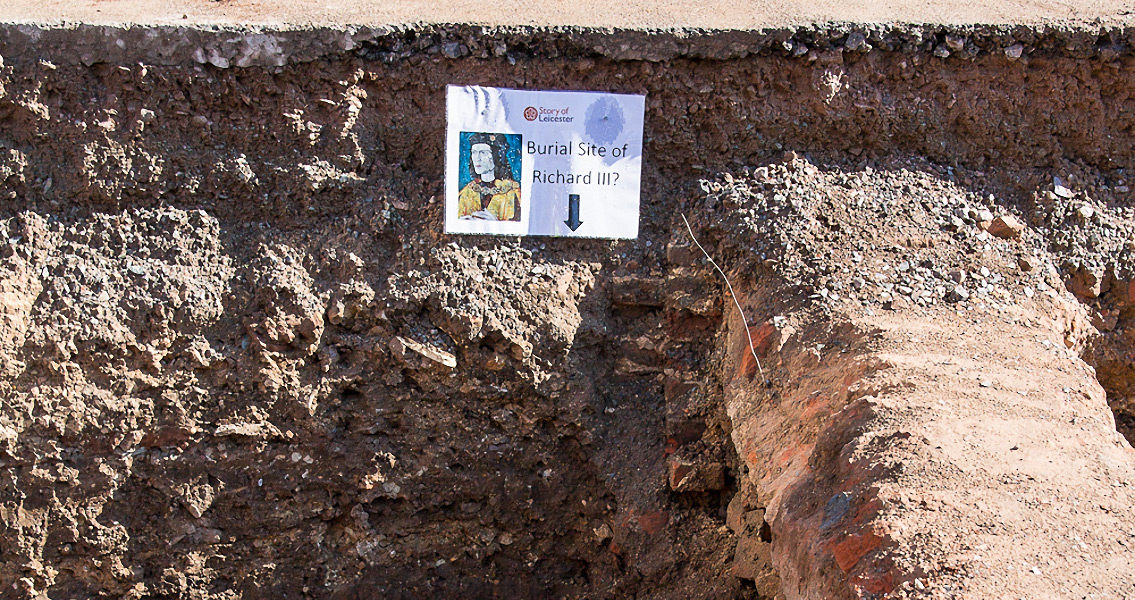<![CDATA[A woman of high standing, buried in the friary where Richard III’s remains were discovered two years ago, apparently got a much better funeral than the king. Continuing work on the site in Leicester has revealed further details about the human remains unearthed in different parts of the friary. Perhaps the most interesting find, however, is that of an unknown elderly woman, whose skeleton was buried in a lead casket and then put in a limestone sarcophagus. The sarcophagus was discovered in the presbytery of Grey Friars church and contained a full human skeleton, including some hair, and a piece of cord and a piece of cloth which were probably remains from a burial shroud. According to one of the researchers from the University of Leicester team in charge of the dig, Matthew Morris, the woman was in her sixties when she died. As for when she died, radiocarbon dating has suggested this happened either in the second half of the thirteenth century or in the fourteenth century, that is, around a hundred years before the king, whose grave in the friary has been described by the scientists as “hastily dug”. In addition to radiocarbon dating, Morris and his colleagues performed bone analysis on the remains which revealed that the woman had a diet that only affluent people could have afforded. This included plenty of fish and meat; a diet, in fact, nearly identical to that of Richard III himself. Although the researchers do not know the name of the woman, they do have the names of seven women associated with the church. Three of the seven names the researchers already have can be excluded because they belong to women who died in the sixteenth century. This leaves four others, the most notable among them being Eleanor, Duchess of Leicester, a known patron of the Catholic church. However, Eleanor died in France, leaving three women, of whom at least one was buried at the friary, Morris explains. The name of this woman was Emma Holt, a local of Leicestershire who was buried around 1290. Since there is no other data about Emma Holt, the chances are that the lady who had such importance for the friars that she received a spectacular burial in a stone sarcophagus will never be identified. Besides the unnamed noblewoman and king Richard III, the Leicester University team has so far analysed three other skeletons found at the site, all of them female. Two of them were found in wooden coffins in the area where the choir of the church had been, and the third was found in a pit, not a grave, suggesting that when the church got destroyed during the Reformation, the workers demolishing the building decided to rebury the women out of respect. The remains in the pit were of a young woman, in her twenties, who did physical work for a living. The two skeletons found in the choir were of similar age when they had died, between 40 and 50. While the bones of one of them suggest she also led a life involving frequent lifting of heavy loads, the other skeleton’s features hint that the woman may have suffered from a permanent hip dislocation and walked with a crutch. Image courtesy of Wikimedia commons user: Chris Tweed]]>
Richard III Shared Graveyard With Noblewoman
